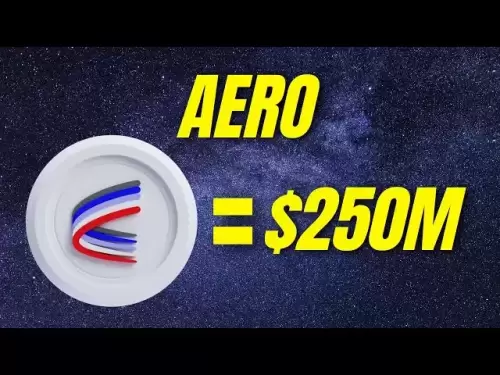-
 Bitcoin
Bitcoin $115,838.9935
4.06% -
 Ethereum
Ethereum $2,962.3060
6.90% -
 Tether USDt
Tether USDt $0.9999
-0.05% -
 XRP
XRP $2.5366
5.01% -
 BNB
BNB $686.0768
2.37% -
 Solana
Solana $163.9329
4.06% -
 USDC
USDC $0.9999
-0.02% -
 Dogecoin
Dogecoin $0.1924
5.65% -
 TRON
TRON $0.2929
1.03% -
 Cardano
Cardano $0.6744
8.30% -
 Hyperliquid
Hyperliquid $43.6306
6.90% -
 Sui
Sui $3.4647
12.59% -
 Bitcoin Cash
Bitcoin Cash $519.0816
1.17% -
 Chainlink
Chainlink $15.2152
6.57% -
 Stellar
Stellar $0.3034
5.48% -
 Avalanche
Avalanche $20.5939
5.48% -
 UNUS SED LEO
UNUS SED LEO $9.0437
0.50% -
 Hedera
Hedera $0.1878
9.62% -
 Shiba Inu
Shiba Inu $0.0...01321
6.26% -
 Toncoin
Toncoin $2.9364
3.03% -
 Litecoin
Litecoin $94.5494
4.04% -
 Polkadot
Polkadot $3.8539
5.80% -
 Monero
Monero $327.4607
0.26% -
 Dai
Dai $0.9997
-0.04% -
 Uniswap
Uniswap $8.5043
0.84% -
 Ethena USDe
Ethena USDe $1.0007
-0.05% -
 Bitget Token
Bitget Token $4.5445
3.39% -
 Pepe
Pepe $0.0...01226
9.12% -
 Aave
Aave $310.6483
2.50% -
 Pi
Pi $0.5024
6.43%
What is a monolithic blockchain
A monolithic blockchain integrates all functions—consensus, execution, and data storage—into one layer, offering strong security but facing scalability challenges as seen in Bitcoin and Ethereum 1.0.
Jul 11, 2025 at 01:35 am

Understanding the Concept of a Monolithic Blockchain
A monolithic blockchain refers to a type of blockchain architecture where all core functions—such as consensus, data availability, execution, and settlement—are handled within a single layer. This design contrasts with modular blockchains, which distribute these responsibilities across multiple layers or components. In a monolithic system, every node in the network processes transactions, validates blocks, and maintains the entire state of the blockchain.
This structure provides simplicity and robustness since there's no need for external systems to manage different aspects of the chain. However, it often comes at the cost of scalability and flexibility. The entire burden of processing and maintaining the blockchain falls on each individual node, making it resource-intensive and potentially slower than more modern architectures.
How Does a Monolithic Blockchain Operate?
In a monolithic blockchain, all operations occur within one unified system. When a transaction is submitted, it must be validated by every full node in the network. These nodes perform several critical tasks:
- They verify the cryptographic signatures of transactions.
- They ensure that no double-spending occurs.
- They execute smart contracts and update the global state accordingly.
- They participate in the consensus mechanism—whether Proof of Work (PoW), Proof of Stake (PoStake), or another variant—to agree on the next valid block.
Because all of these steps happen in a single layer, the system becomes increasingly burdensome as the number of users and transactions grows. Every new block increases the amount of data each node must store and process, limiting throughput and increasing latency.
Examples of Monolithic Blockchains
The most well-known example of a monolithic blockchain is Bitcoin. Bitcoin’s design focuses entirely on transferring value from one party to another without relying on intermediaries. All transactions are processed, verified, and stored by every full node in the network. There is no separate layer for execution or settlement.
Another prominent example is Ethereum 1.0, which prior to its transition to Ethereum 2.0 operated as a monolithic blockchain. It allowed for complex smart contract execution but faced significant scalability challenges due to the monolithic nature of its design.
These systems prioritize decentralization and security over speed and scalability, making them ideal for use cases where trustlessness and immutability are paramount.
Limitations of Monolithic Architecture
Despite their strong security guarantees, monolithic blockchains suffer from several limitations:
- Scalability issues: As transaction volume increases, the network becomes congested, leading to higher fees and slower confirmations.
- Resource intensity: Running a full node requires significant computational power and storage capacity, which can deter participation.
- Limited modularity: Since all functions are tightly coupled, upgrading or optimizing one part of the system often affects others.
- Inflexibility: It's difficult to adapt to new requirements or implement experimental features without hard forks.
These drawbacks have led developers to explore alternative designs such as modular blockchains, which separate concerns into distinct layers or modules.
Use Cases Where Monolithic Chains Excel
Monolithic blockchains are particularly well-suited for applications where security and decentralization outweigh the need for high throughput. Examples include:
- Digital gold analogs: Systems like Bitcoin serve as decentralized stores of value, prioritizing censorship resistance and finality over speed.
- High-security financial infrastructure: Some DeFi protocols may prefer deploying on monolithic chains if they require maximum trustlessness and minimal dependency on external components.
- Immutable record-keeping: Applications such as land registries or identity verification benefit from the tamper-proof nature of monolithic chains.
In these scenarios, simplicity and reliability take precedence, making monolithic blockchains an attractive option despite their performance constraints.
Frequently Asked Questions
Q: Can a blockchain switch from monolithic to modular?
Yes, some blockchains evolve from monolithic to modular architectures through upgrades or forks. For instance, Ethereum has transitioned toward a more modular design with its move to Ethereum 2.0, introducing features like sharding and layer-2 solutions.
Q: Are monolithic blockchains more secure than modular ones?
Monolithic chains often provide stronger security guarantees because all components are integrated and validated by the same set of nodes. Modular chains introduce dependencies on external systems, which could become attack vectors.
Q: Why do some projects still choose monolithic architecture?
Some teams opt for monolithic designs due to their simplicity, lower development complexity, and proven track records. Additionally, certain use cases don’t demand high throughput, making monolithic structures sufficient.
Q: Do monolithic blockchains support smart contracts?
Yes, many monolithic blockchains do support smart contracts. Ethereum 1.0 is a prime example. However, executing complex smart contracts on a monolithic chain can exacerbate scalability issues compared to modular alternatives.
Disclaimer:info@kdj.com
The information provided is not trading advice. kdj.com does not assume any responsibility for any investments made based on the information provided in this article. Cryptocurrencies are highly volatile and it is highly recommended that you invest with caution after thorough research!
If you believe that the content used on this website infringes your copyright, please contact us immediately (info@kdj.com) and we will delete it promptly.
- BlockDAG, Miners, and SUI: Charting the Course for Crypto in 2025
- 2025-07-11 12:50:12
- Cathie Wood, Robotics, and Stock Bets: Navigating the AI-Driven Future
- 2025-07-11 12:30:12
- Sacagawea Gold Coin 25th Anniversary: Pricing and Images Revealed!
- 2025-07-11 12:55:12
- Granny's Garden: Vegetables, School Fees, and the Heart of Education
- 2025-07-11 12:30:12
- Decoding Your Token Meter: A KPLC Error-Fixing Guide for Nairobians
- 2025-07-11 13:00:13
- Memecoins, Bitcoin, and Gains: A Wild Ride in Crypto Town!
- 2025-07-11 13:05:12
Related knowledge

What is the Bitcoin dominance index
Jul 11,2025 at 04:29am
What is the Bitcoin Dominance Index?The Bitcoin Dominance Index is a metric used to gauge Bitcoin's market capitalization relative to the total market...
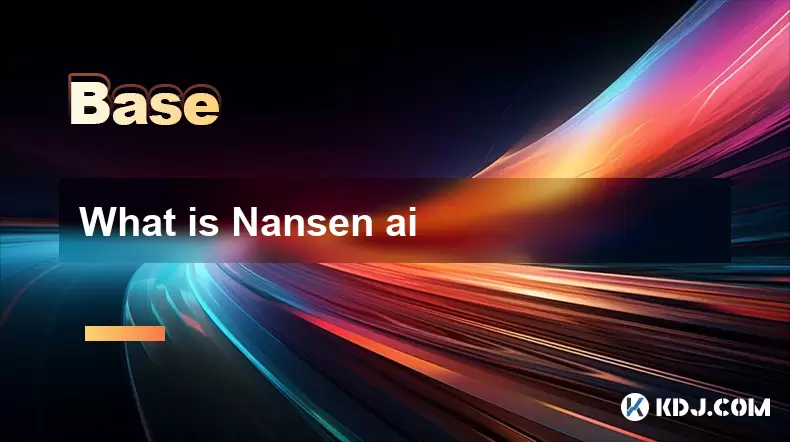
What is Nansen ai
Jul 11,2025 at 03:42am
What is Nansen AI?Nansen AI refers to the integration of artificial intelligence technologies into the Nansen platform, which is primarily known for i...
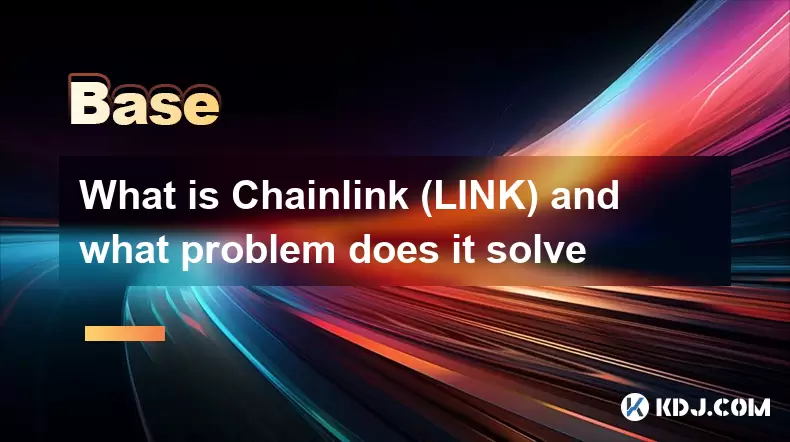
What is Chainlink (LINK) and what problem does it solve
Jul 11,2025 at 12:21pm
What is Chainlink (LINK)?Chainlink is a decentralized oracle network designed to connect smart contracts with real-world data and external systems. Sm...
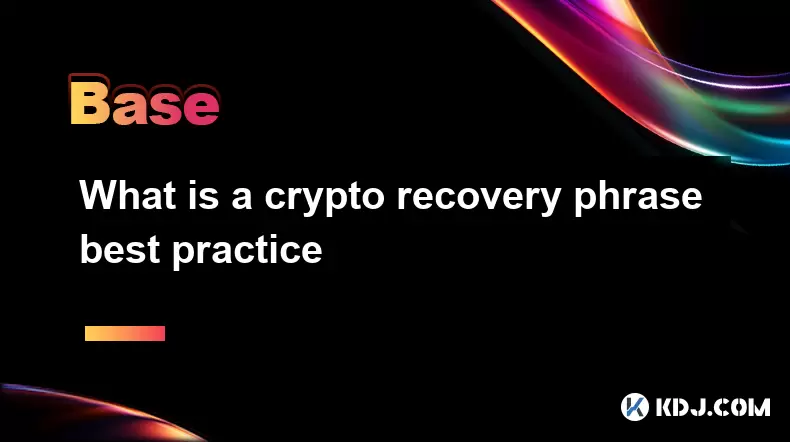
What is a crypto recovery phrase best practice
Jul 11,2025 at 05:56am
Understanding the Role of a Crypto Recovery PhraseA crypto recovery phrase, also known as a seed phrase or mnemonic phrase, is a sequence of words gen...
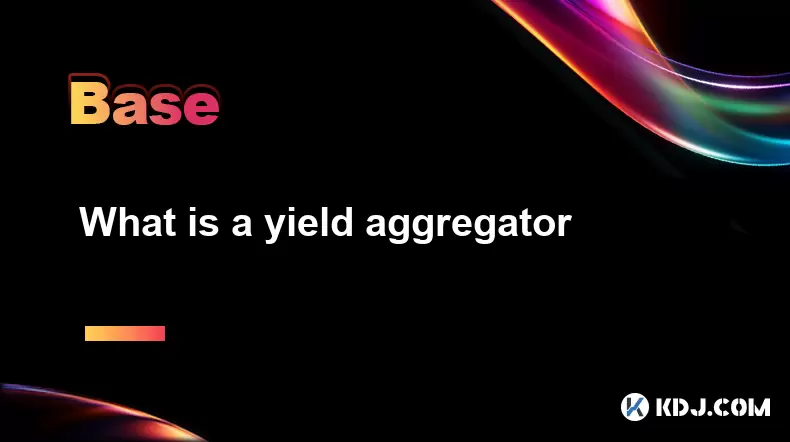
What is a yield aggregator
Jul 11,2025 at 10:42am
Understanding the Concept of a Yield AggregatorA yield aggregator is a decentralized finance (DeFi) platform that automates the process of optimizing ...
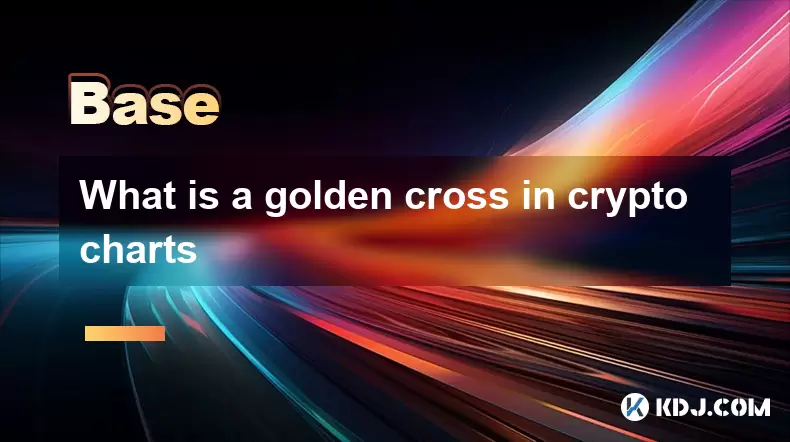
What is a golden cross in crypto charts
Jul 11,2025 at 05:43am
Understanding the Golden Cross in Cryptocurrency ChartsA golden cross is a technical analysis pattern that occurs when a short-term moving average cro...

What is the Bitcoin dominance index
Jul 11,2025 at 04:29am
What is the Bitcoin Dominance Index?The Bitcoin Dominance Index is a metric used to gauge Bitcoin's market capitalization relative to the total market...

What is Nansen ai
Jul 11,2025 at 03:42am
What is Nansen AI?Nansen AI refers to the integration of artificial intelligence technologies into the Nansen platform, which is primarily known for i...

What is Chainlink (LINK) and what problem does it solve
Jul 11,2025 at 12:21pm
What is Chainlink (LINK)?Chainlink is a decentralized oracle network designed to connect smart contracts with real-world data and external systems. Sm...

What is a crypto recovery phrase best practice
Jul 11,2025 at 05:56am
Understanding the Role of a Crypto Recovery PhraseA crypto recovery phrase, also known as a seed phrase or mnemonic phrase, is a sequence of words gen...

What is a yield aggregator
Jul 11,2025 at 10:42am
Understanding the Concept of a Yield AggregatorA yield aggregator is a decentralized finance (DeFi) platform that automates the process of optimizing ...

What is a golden cross in crypto charts
Jul 11,2025 at 05:43am
Understanding the Golden Cross in Cryptocurrency ChartsA golden cross is a technical analysis pattern that occurs when a short-term moving average cro...
See all articles























